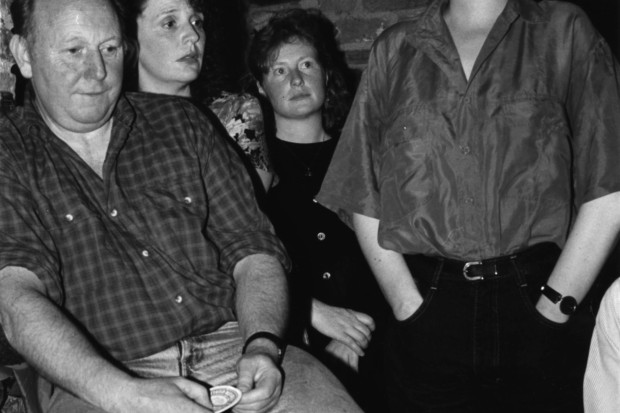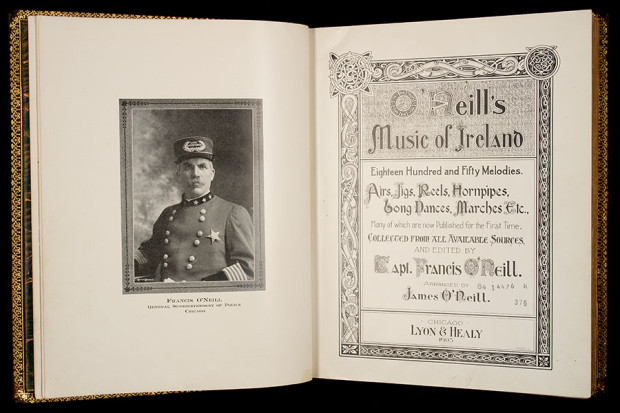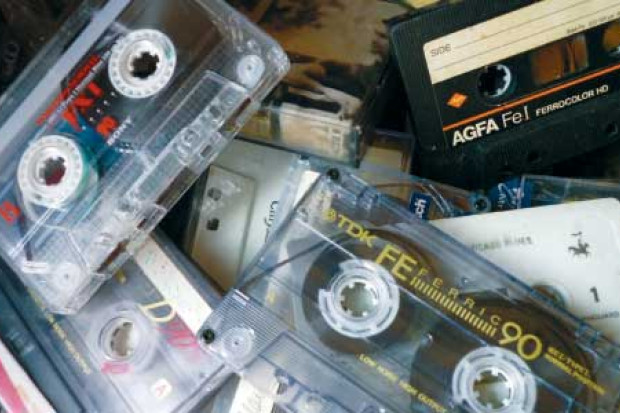CD Reviews: Caoimhín Ó Raghallaigh – Where the One-eyed Man is King
Where the One-eyed Man is King
Chassis no. 10001001
In the days when vellum, quill and ink were the primary and most valuable means of recording ideas and information, you might stumble across an example of promhadh pinn or pp in an Irish manuscript. Promhadh pinn means testing the nib or pen. This might be a short musing by the scribe, an epigram, something beautiful or enigmatic, a poem, a riddle or maybe just a simple or ornately fashioned signature.
I kept thinking of this image as I listened to Where the One-eyed Man is King which is Caoimhín Ó Raghallaigh’s second solo album. Of the ten tracks on the album, six are Ó Raghallaigh’s compositions and the remaining four are arrangements of traditional pieces. It’s an arresting if at times uneven mix of sounds, textures and tunes. To my ear it’s something fresh and different, experimental in parts, usually innovative and occasionally inventive. It’s an assembly of possibilities and ideas rather than anything as settled or as determined as ‘a work in progress’. It’s not an album of tunes in the conventional sense and that’s where its greatest strengths are found.
In what I would call its freer moments (for example ‘It’s All About The Rhythm Of Her Toes’ or ‘The Bright And Shining’) it begins to suggest pathways into new territory for music inspired or flavoured by conventional Irish traditional music and this is both provocative and healthy. In what for me are its more constrained and formulaic moments (for example ‘Fead an Iolar’ or ‘The Old Waltz’) it underlines the extent to which Ó Raghallaigh is happy and able to explore and take artistic risks elsewhere, and for me this contrast reinforces their impact and excitement.
Ó Raghallaigh’s first solo album (Turas go Tír na nÓg) appeared back in 1999. I remember at the time being strongly impressed by his sound and fiddle accent. At that stage I think it’s fair to say that his music was still in formation under strong influence and deep inspiration from what we can call the Sliabh Luachra style of fiddle playing. In some ways, since his début album not that much has changed with Ó Raghallaigh’s approach to fiddle playing in that the sensibility in his music – the rhythm, phrasing, bowing, intonation – stays close to those sources and influences. What has changed is that Ó Raghallaigh now brings this musical accent to bear on different musical dialects or languages and the results can be very stimulating as well as entertaining and amusing.
Where things get most interesting with Where the One-eyed Man is King is when Ó Raghallaigh starts knitting together or juxtaposing essential fragments of this Sliabh Luachra sound with other similar and possibly cognate sounds, tunings, rhythms, patterns and cadences. This approach can lead the listener to the soundscape of Norway’s hardingfele (Hardanger fiddle), Swedish folk music, Baroque music, echoes of Cajun music, the odd nod here and there towards American old timey music and a sense of connection in some vague way with contemporary ambient music. Just looking at what I’ve written there reminds me of my general aversion towards such musical mixtures! However I really feel that there is something qualitatively different about what Ó Raghallaigh is up to here. I get the strong sense that Where the One-eyed Man is King is as close as we can get to plugging some sort of recording device into his mind – and eavesdropping on what goes on inside there.
Published on 1 November 2007
Dermot McLaughlin is a fiddle player and currently Chairman of the Irish Traditional Music Archive.














